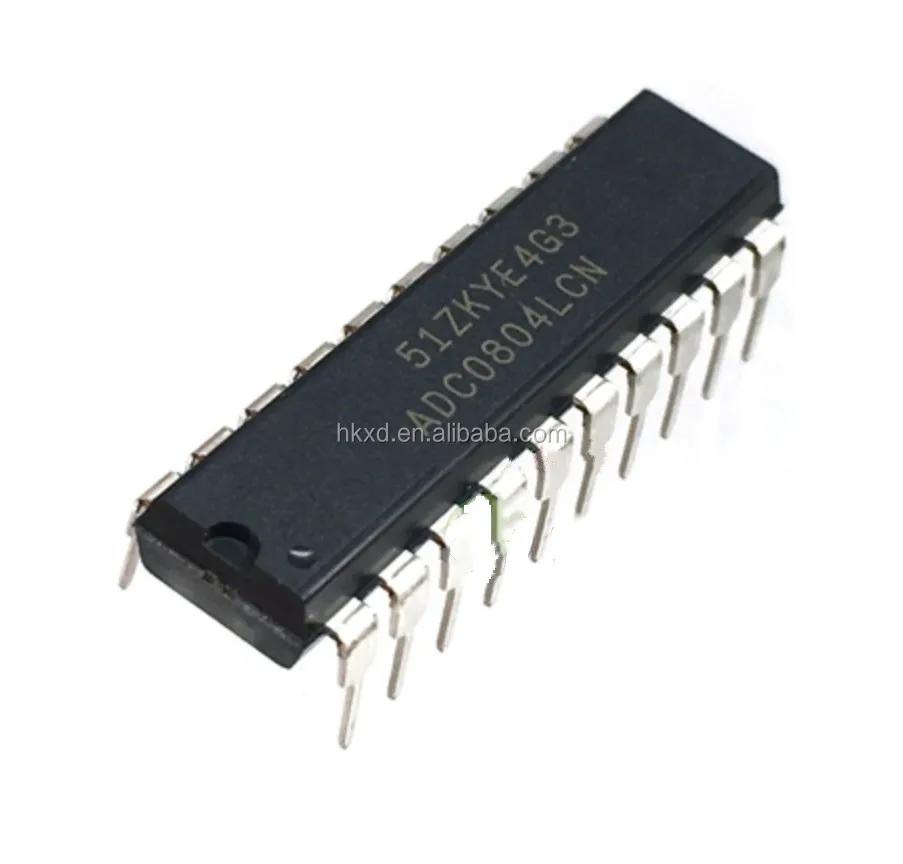

This is the type of DAC that most of us have used without even knowing it! The binary input goes into the 2R resistors and the output is obtained at the bottom of the ladder. You can think of this as a somewhat complex voltage divider, though the math is quite complex. This is the simplest type of DAC and needs only two resistor values arranged in a ladder. The limitations can be overcome by using the next method. The more bits you have, the more different values of resistors you need – and this is not always practical. What makes this circuit work is the resistors – each resistor has to be carefully chosen and matched in order to obtain an accurate analog output. The binary input goes into the resistors and the analog output is obtained on the output of the op-amp. The junction where the resistors meet is called the summing junction or the virtual ground. This is basically an op-amp amplifier with multiple resistors connected to one input. Since digital to analog conversion is simply a weighted sum of the binary input, a circuit called a summing amplifier is used. In other words the whole digital to analog conversion process can be thought of as a scaling operation – the binary count is mapped to a certain voltage range, with 0V being the minimum and the maximum voltage being the maximum input binary voltage. a place value system, with each bit representing the presence or absence of a certain power of two in the total sum of the powers. The binary system is a positional system, i.e. So here, we will a DAC to convert the digital audio file to analog signal in order to play it on a speaker. In order to play these back as sound on a speaker we need analog signals, because as we know the speaker’s diaphragm vibrates based on the intensity of the analog signal to produce sound/music. In this article we will learn how a DAC works and how it can be used in out designs.Ī computer is a binary machine operating in an analog world, so to be able to produce an output that is understandable by other devices a DAC is used.įor example, a computer stores audio in the form of binary values of the sound wave. There are many techniques in which this is done, each with its own advantage and disadvantage. In this article we will learn how Digital signals can be converted to Analog voltages using DACs.Ī Digital to Analog Converter commonly referred as DAC, D/A or D2A is a device that converts binary values (0s and 1s) to a set of continuous analog voltages. We already learnt how Analog to Digital Converters (ADC) is used to convert analog signals to digital value.

In a typical electronics design, these two signals often have to be converted from one form to another. All Digital Electronics like Logic Gates, Flip-Flops, Microcontroller, Microprocessor etc work with Digital Signals, while the Analog Electronics like Op-Amp, Power switches etc.

#ANALOG TO DIGITAL CONVERTER ICS FULL#
The AD4134 evaluation software running on a PC provides full accessibility to the AD4134 device register map, as well as a data analysis interface to display key parameters and graphics from the conversion result in both time and frequency domains.When talking about signals, they can be broadly classified into analog signals and digital signals. The EVAL-AD4134FMCZ connects to the PC USB port via the SDP-H1 board. The ADC is clocked by an on-board crystal. A separate reference of 4.096 V is generated by the on board ADR444. The on-board dc-to-dc regulators regulate an external supply of 8 V to 14 V down to 5 V and 1.8 V to supply the AD4134 and peripheral components. The EVAL-AD4134FMCZ draws power from the system demonstration platform (SDP) EVAL-SDP-CH1Z (SDP-H1) board. The EVAL-AD4134FMCZ evaluation kit features the AD4134 24-bit, 4-channel, simultaneous sampling, 1.5 MSPS precision alias-free ADC. This makes the AD4131 ideal for industrial applications.
#ANALOG TO DIGITAL CONVERTER ICS UPGRADE#
The AD4131 is a direct upgrade from the AD7134 because of the expanded temperature range. An integrated asynchronous sample rate converter simplifies the handshake between the system clock and the modulator clock without limiting interface maximum throughput. AD4134's inherent anti-aliasing filter also eliminates the need for an external second-order anti-alias filter preceding the ADC input. It is easy to drive due to its resistive input structure, which eliminates the need for external high-speed amplifiers to drive the analog inputs. ADI's AD4134 is a quad-channel, low noise, simultaneous sampling, precision analog-to-digital converter (ADC) that delivers on functionality, performance, and ease of use.


 0 kommentar(er)
0 kommentar(er)
